Nail fungus isn’t just uncomfortable; it also changes how the nail looks which can leave many people feeling embarrassed and distressed. You are not alone.
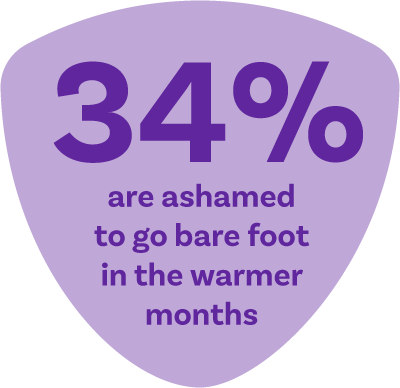
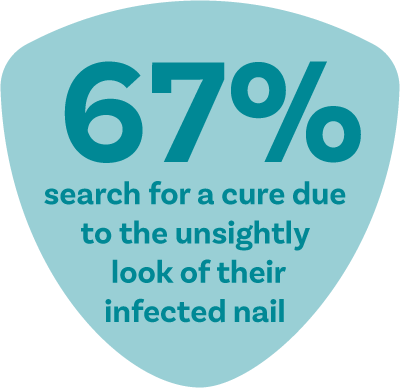
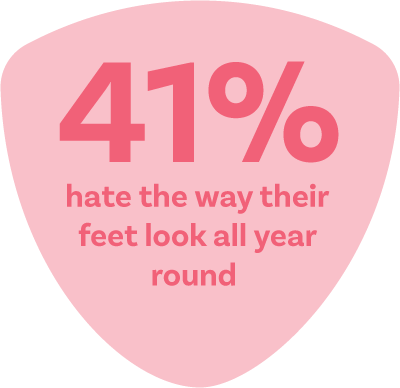
Nail fungus (onychomycosis) is a common condition where fungi infect the nails, leading to a variety of symptoms. It can affect one or multiple nails and, in some cases, the skin surrounding the nails.
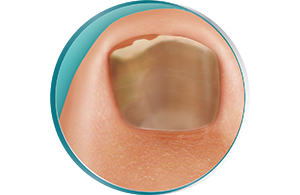
Blackening
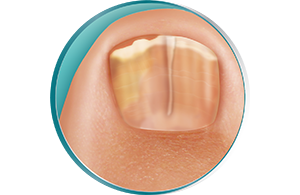
Cracked or brittle
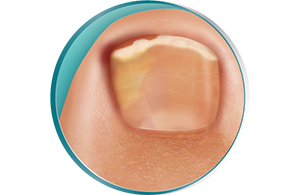
Painful
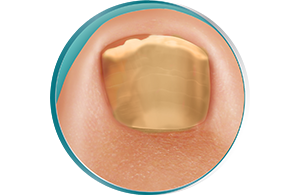
Thickening
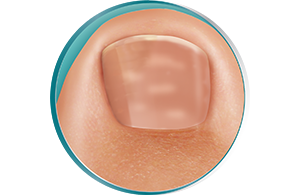
White spots
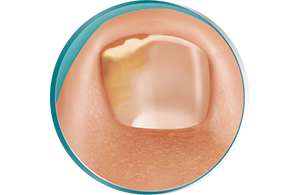
Discolouring
When a fungal infection starts, you might notice a small discoloured spot on your nail that grows over time. The nail can become white, yellow, or brown, turn brittle, break easily, and emit an odour. In severe cases, the nail thickens and may eventually detach from the nail bed.

Is nail fungus contagious?
Yes, it is contagious. A nail fungal infection can spread from one nail to another. But typically, it is uncommon to get an infection directly from another person suffering from the condition. Nail infections usually spread by coming into contact with surfaces that contain the toenail fungus. The areas that toenail fungus may spread to include:
- Other toenails
- The skin between your toes (known as athlete’s foot)
- Groin area (known as jock itch)
- Scalp
Can nail fungus affect both fingernails and toenails?
Yes, nail fungus can affect both fingernails and toenails. However, it is more common in toenails due to the warm, moist environment created by wearing shoes.
Who can get nail fungus?
A common misconception is that nail fungus only affects those with poor hygiene. In reality, anyone can get a nail fungal infection, especially if they frequently walk barefoot in public places like gyms or swimming pools. Additionally, wearing tight or non-breathable footwear can increase the risk.





